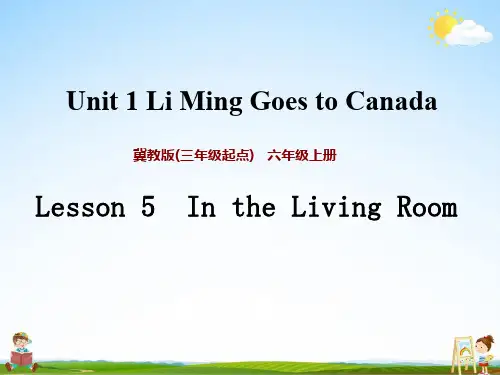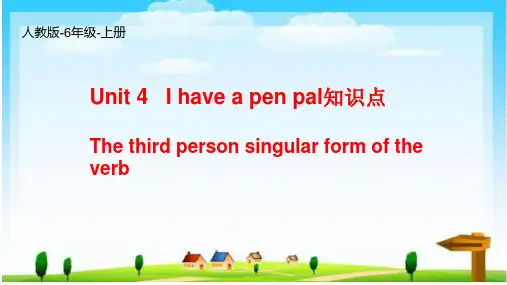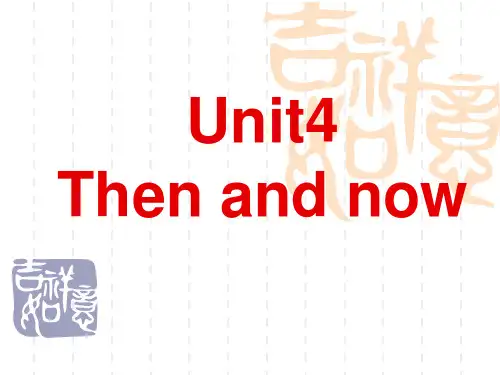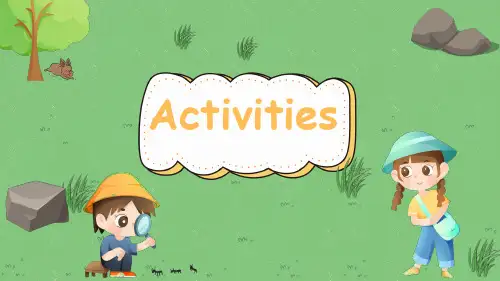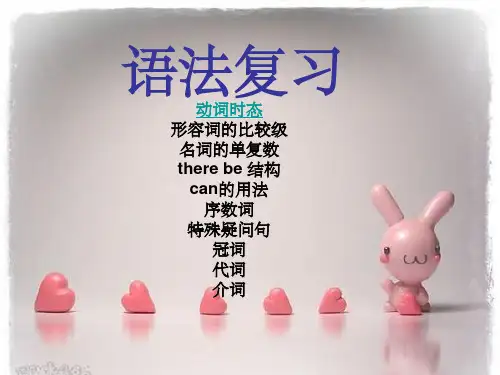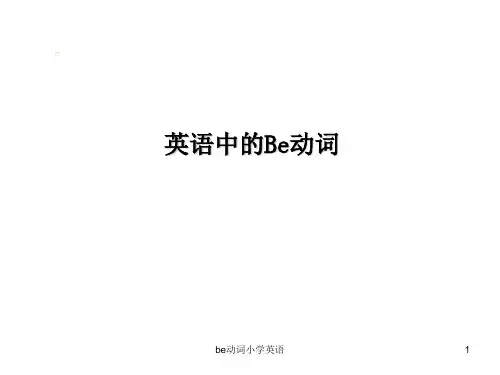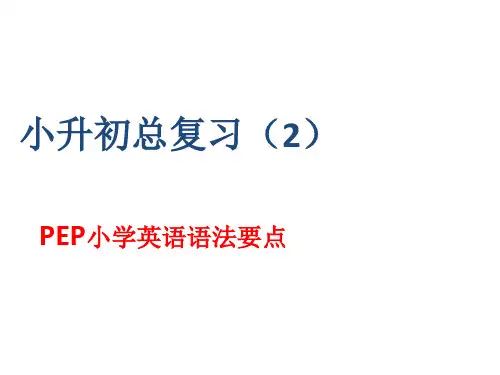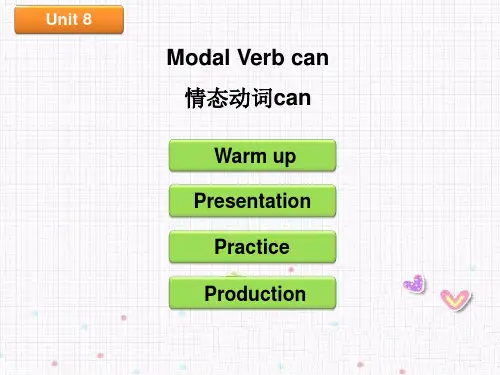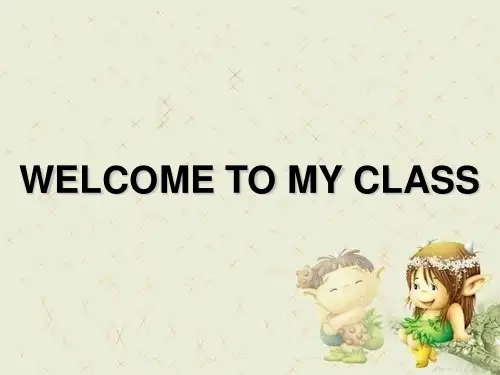⑶带有was或were的句子,其否定、疑问的变 化和is, am, are一样,即否定句在was或were 后加not,一般疑问句把was或were调到句首。 3.句中没有be动词的一般过去时的句子
否定句:didn’t +动词原形,如:Jim didn’t go home yesterday.
一般疑问句:在句首加did,句子中的动词过 去式变回原形。如:Did Jim go home yesterday?
一般现在时的构成
1. be动词:主语+be(am,is,are)+其它。 如: I am a boy.我是一个男孩。He is a student .他是一个学生 2.行为动词:主语+行为动词(+其它)。 如: We study English.我们学习英语。 当主语为第三人称单数(he, she,it)时, 要在动词后加"-s"或"-es"。如:Mary likes Chinese.玛丽喜欢汉语。
小升初总复习(2)
PEP小学英语语法要点
一、 一般现在时:
1.表示事物或人物的特征、状态。
如:The sky is blue.天空是蓝色的。 He is a boy 他是个男孩 she has long hair .她有长头发
2.表示经常性或习惯性的动作。如:I get up at six every day.我每天六 点起床。一般的时间词有:often , sometimes ,everyday ,usually
3、there be 句型的否定句在be 动词后加not , 一般疑问句把be 动词调到句首。
4、there be句型与have(has) 的区别: there be 表示在某地有某物(或人); have(has) 表示某人拥有某物。 5、some 和any 在there be 句型中的运用: some 用于肯定句, any 用于否定句或疑问句。
